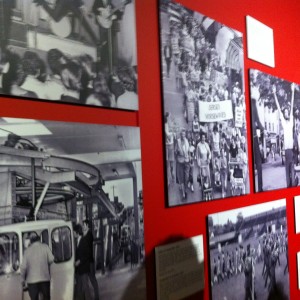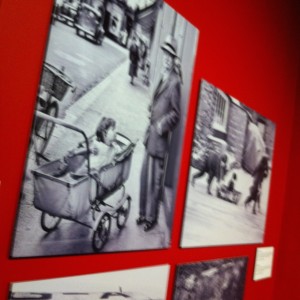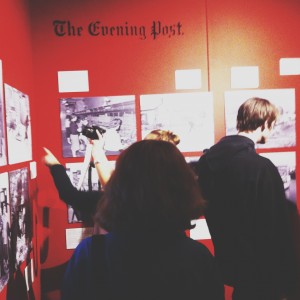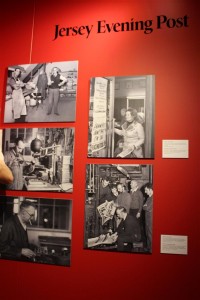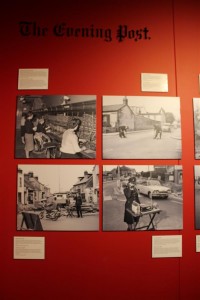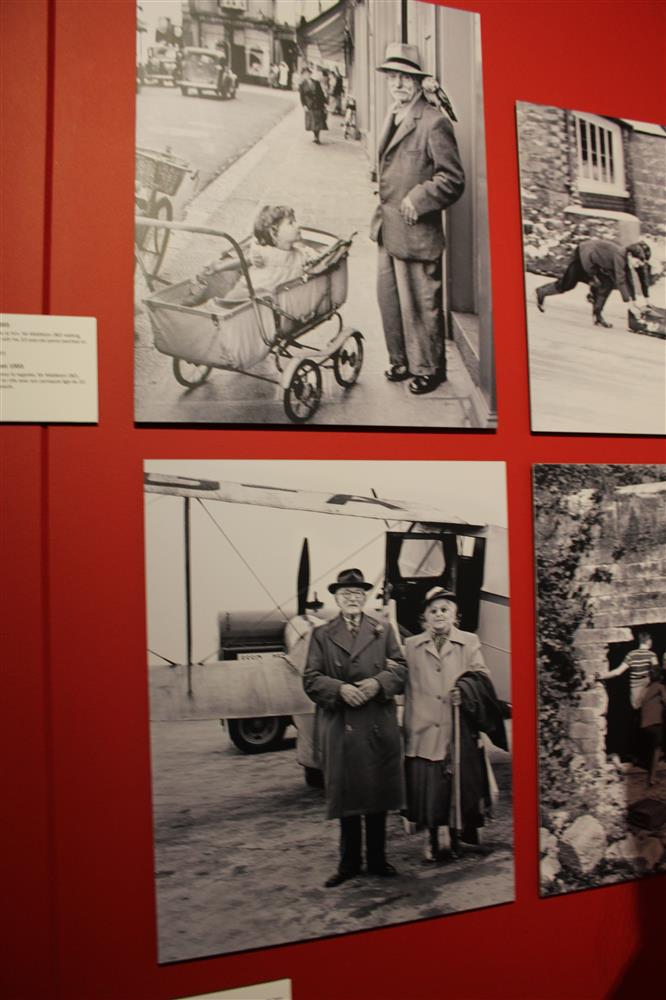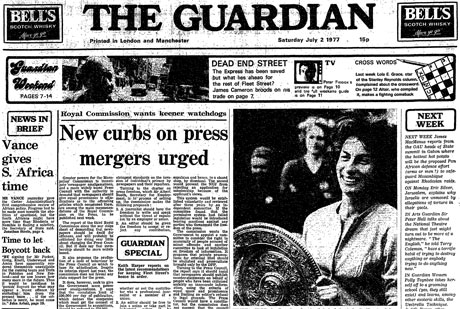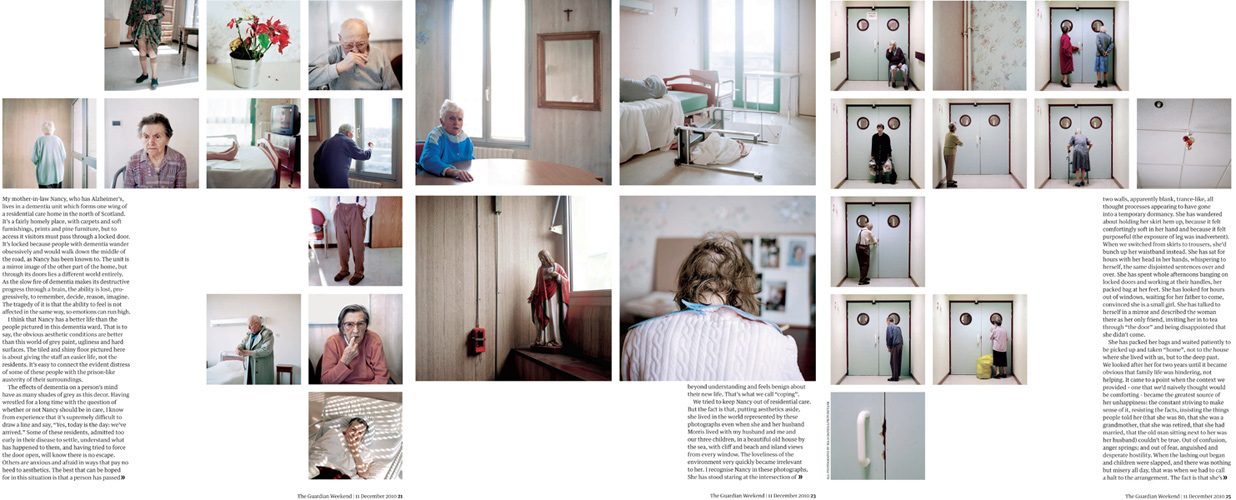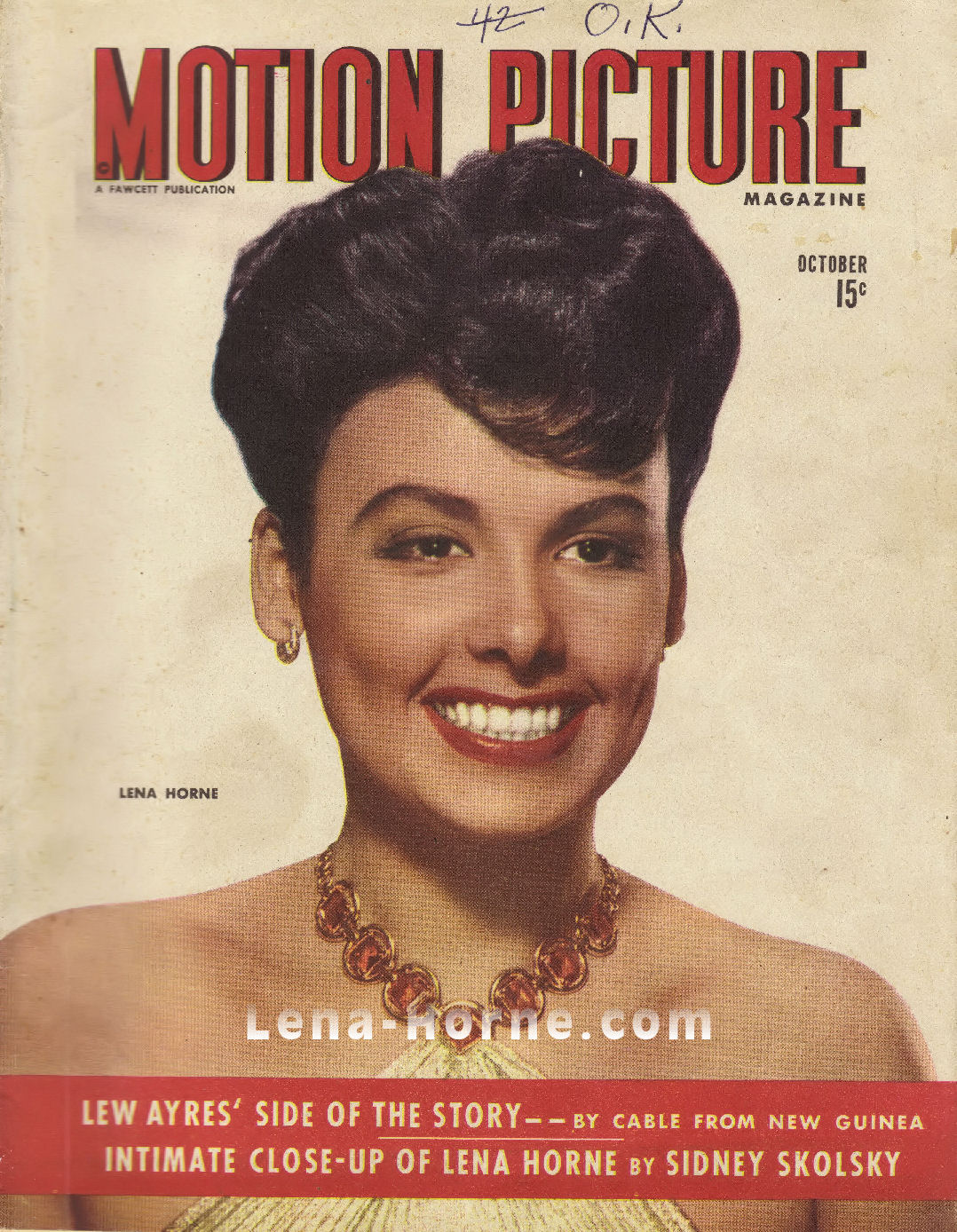I went for another visit to my grandparents house this October half term to see them unpacked and settled in. They have unpacked their furniture and started to make the house more homely. However they haven’t hung any paintings or pictures on the wall as they had lots hung up in their old house, therefor they have lots to choose from. It was also my Grandpa’s Birthday. They are very sociable people and have a large circle of friends who sent cards, called and visited on him on this day. Two of their closest friends, called round for a cup of tea whilst I was photographing.
I have chosen a couple of finals from this shoot which I think portray my grandparents very well. I managed to get a nice portrait of both my Grandma and Grandpa and some nice photographs of around the house. My first photograph is of my Grandpa;

I really like this photograph because of the soft lighting and the neutral colours used throughout. My Grandparents house is a new build therefor they have been able to choose the colour of the walls, carpets, interior ext. They have chosen browns and beiges as a general colour through the house. You can see in the photo that there is nothing that stands out due to bold colours therefor it gives the photo a calm and gentle feel.
My Grandpa is sitting on his piano stool, where he spends a lot of time. He is looking through his Eisteddfod paper work, which is an annual Jersey event which he has participates/ helps out in every year. My Grandpa is a big music lover, as he plays piano and the organ for his church every Sunday. However he is mainly a singer. He has been singing in choir’s and performing solo performances ever since he was a child.
The one thing that I would change about this photograph’s composition is; I would move the brown plant from behind his head. As I think the photograph would be more atheistically pleasing if it wasn’t there. To further this photo, I would like to take a portrait of my grandpa in his brown chair, this is his chair that he always sits in, and watches his sport matches in.

This portrait of my Grandma has a similar colour scheme of browns and neutral colours. I really like the couch that my grandma is sitting on in this photograph because it adds lots of different textures to the photograph; the brown leather on the arm rests, the studded detail and the cross patch material on the majority of the seated area. As well as detail from the textures, the photograph contains other details such as her glasses are steamed up from her tea. I really love details like this is photographs, because it adds character.
My Grandma is also on the phone in this picture, I think this is a good representation of what type of person she is; very sociable and likes to keep in contact with all her family members and friends. I do like this portrait because I like the angle, lighting ext. But if I were to reshoot, I would take the photo without the cup in front of her face.

This photograph is of their new bedroom, I like the photograph because of the line of symmetry running through the middle. The matching nightstands which both have a book and a bible, a lamp and a mug coaster.
Just before coming upstairs to photograph my Grandma ran up in front of me saying;
“No Emily you can’t go up there yet, I haven’t even made the bed. I can’t have people thinking I don’t make the bed in the morning”

This is the last final from this photoshoot. It is of my Grandpa and his good friend, who has come to visit his on his birthday. They are in their front room, and are having a joke about something.









